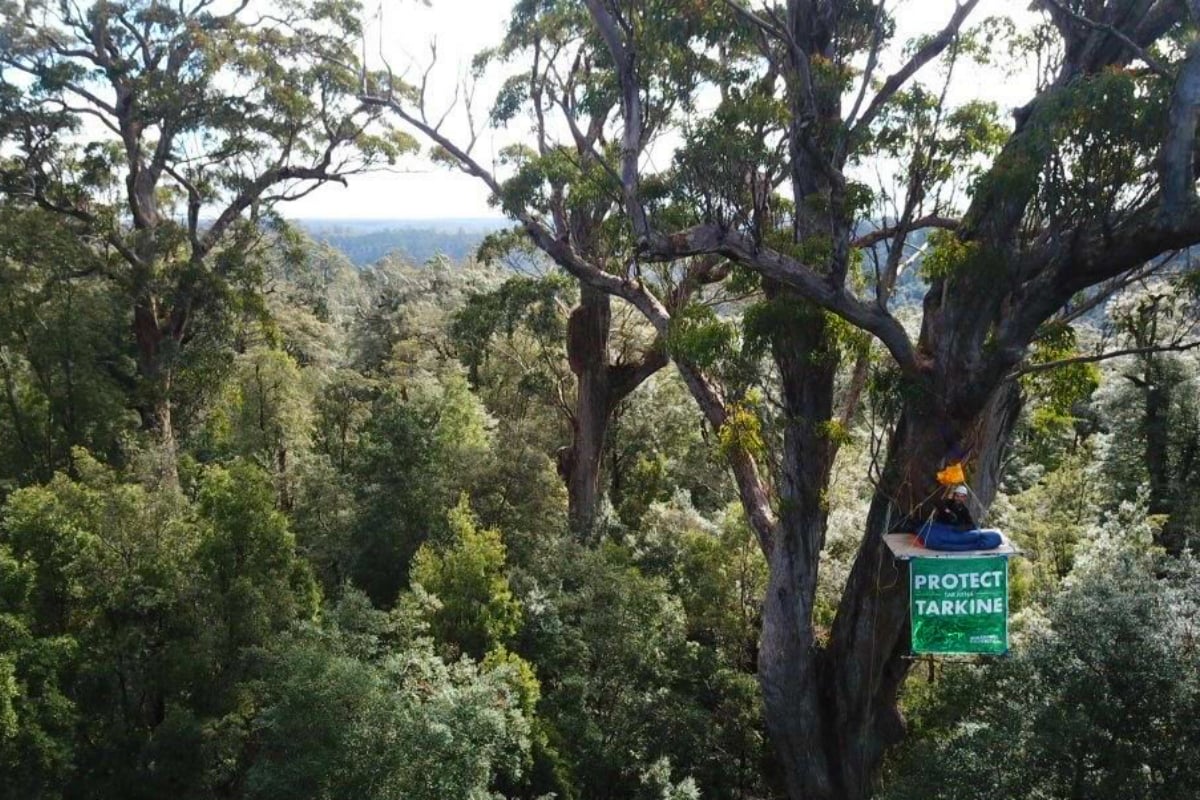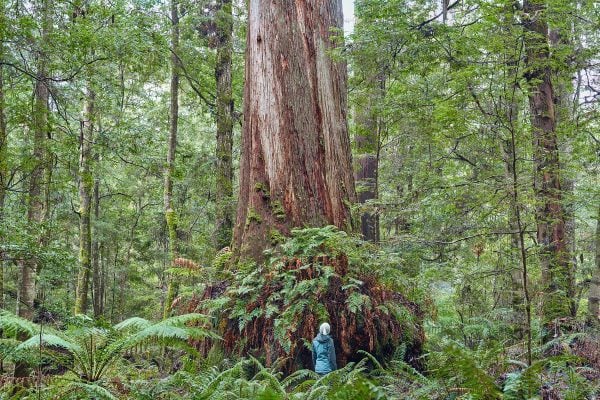
Australians watched on in abject horror through their screens as the ‘lungs of the planet’ blazed and blackened.
After weeks of raging fires consumed large stretches of the Amazon, the media eventually turned our eyes to the global tragedy.
A flood of chilling soundbites filled our feeds. Distraught indigenous communities screamed for their homeland as ancient, irreplaceable water and food systems incinerated in seconds.
All we could do was witness and wonder… how could this happen?
How could Brazilian President, Jair Bolsonaro, fail to protect his own people? How could he put a price on an ecosystem that sucks up 20 per cent of global carbon emissions when the world is in a state of existential climate crisis?
These questions remain unanswered, outside of the obvious and insufficient response of revenue. It’s now time for Australia to ask the same questions of its own government as the pristine Tasmanian Tarkine Rainforest once again comes under attack.
After preventing Forestry Tasmania (renamed Sustainable Timber Tasmania) from logging the Tarkine via peaceful protest from September 2018 to June 2019, Bob Brown and 20 more protesters are back to fight yet another battle in the never-ending Tarkine war.
The Tarkine (Indigenous name: takayna) is located in the north-west of Tasmania and is one of the world’s last cool-temperate rainforests. It is home to countless precious Australian flora and fauna, including several endangered species such as the iconic Tasmanian devil and wedge-tailed eagle.


Top Comments
How do we help?